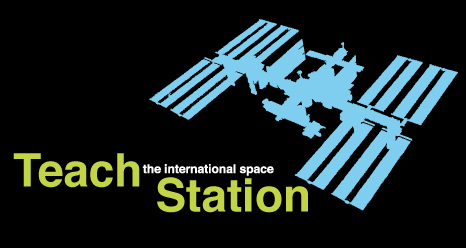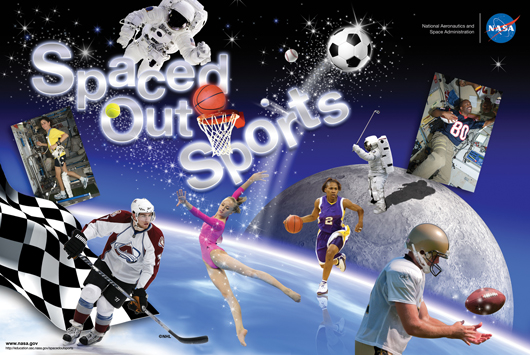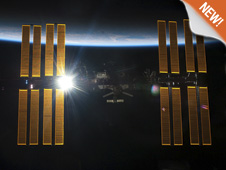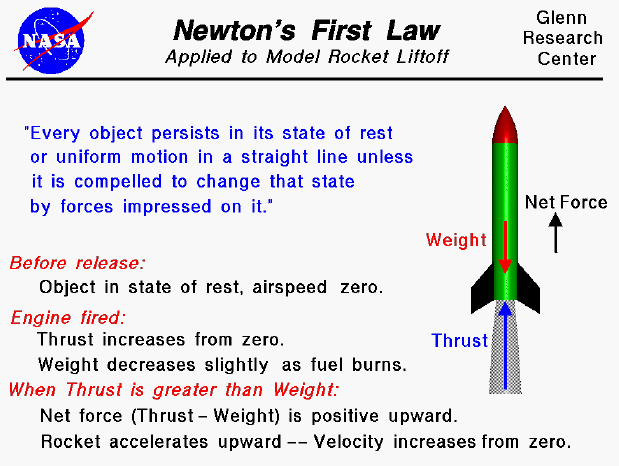NASA discovers new worlds, builds better aircraft, sends probes to the end of the solar system, studies Earth, and launches humans into space. On top of all that, NASA has free opportunities for teacher and student involvement.
Another one of those opportunities is coming soon. NASA is accepting proposals from educational institutions that would like to host a videoconference with astronauts who are on board the International Space Station. The event is called an In-flight Education Downlink. During the downlink, students and astronauts have a 20-minute question-and-answer session as the astronauts orbit Earth. I like to call it the ultimate “ask-the-expert” experience.
The proposals, due June 1, 2012, will allow the selected institutions (schools, districts, museums, etc.) to downlink with the space station Expedition 33 and 34 crews. Astronauts Sunita Williams, Kevin Ford and Thomas Marshburn will answer students’ questions. Williams is returning to the station. She lived and worked on the station 195 days during her tour as flight engineer for Expeditions 14 and 15 from December 2006 to June 2007. She is featured in the DIY Podcast: Fitness module.
Watch astronauts Dan and Don talk to elementary school students
during a recent downlink.
Even before you submit a proposal, you and your students can participate in an interactive webcast with Williams. On May 2, 2012, from 9:30-10:30 a.m. EDT, Williams will discuss her past experiences with NASA and the science she’ll be performing during her next mission. The webcast is made available by NASA’s Digital Learning Network.
What kind of questions would your students ask if they could talk to the astronauts? Would they be motivated to learn more about science, technology, engineering or math?
NASA’s Teaching From Space Office makes the In-flight Education Downlinks available. TFS will even help you plan your proposal with informal online sessions to answer your questions. As part of the application, you will need to explain your plan for post-downlink activities. How will you use the downlink experience to continue to motivate your students and the community? Consider including clips from the downlink in your DIY Podcast creations.
Don’t miss these chances to talk to NASA astronauts.
For more information, contact the Teaching From Space Office by email at JSC-Teaching-From-Space@mail.nasa.gov or by phone at 281-244-7608.
Here are a few articles to help and inspire you. Good luck.
DIY Podcast Home
Please Note: If you leave a comment, do not include a link to your blog or other websites. We typically won’t be able to approve your comment if you add a URL.





